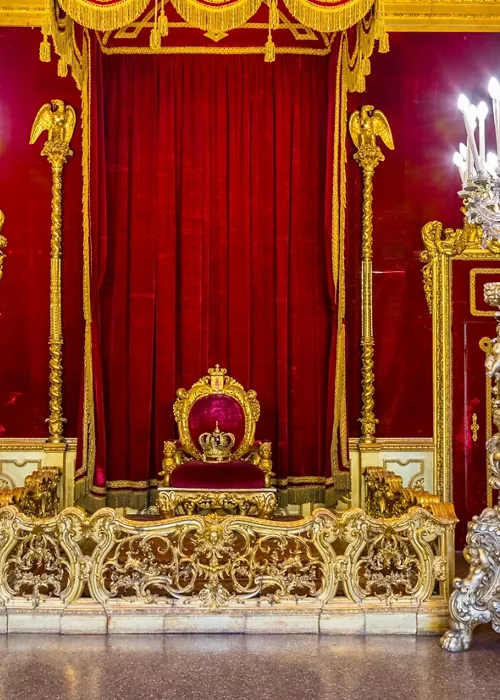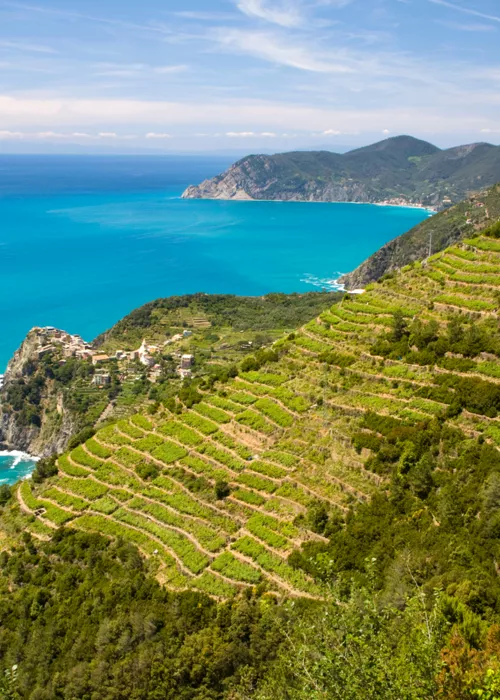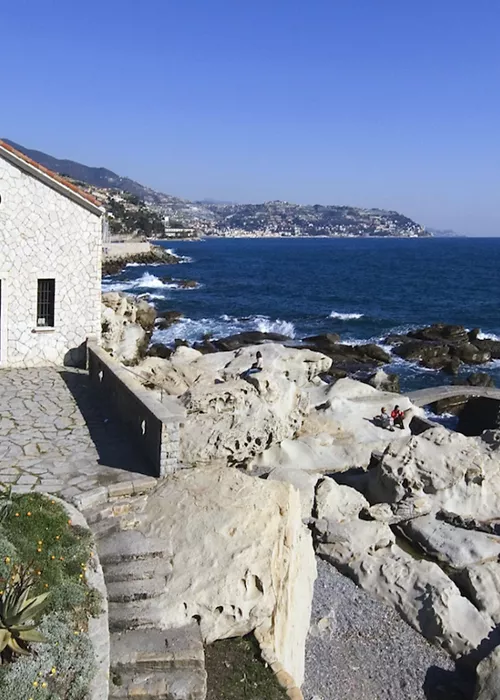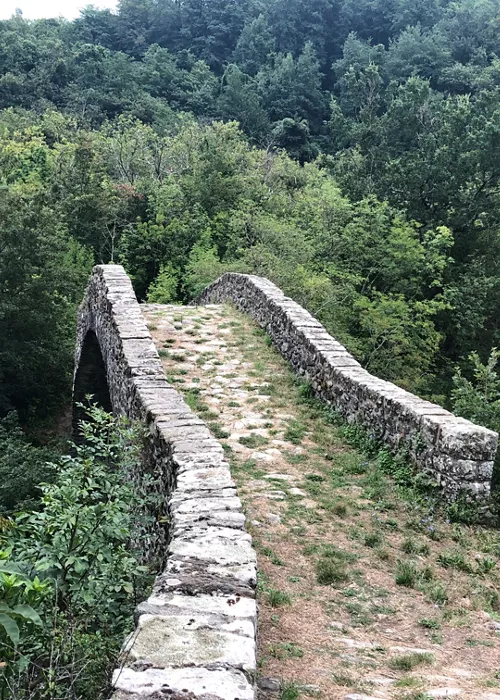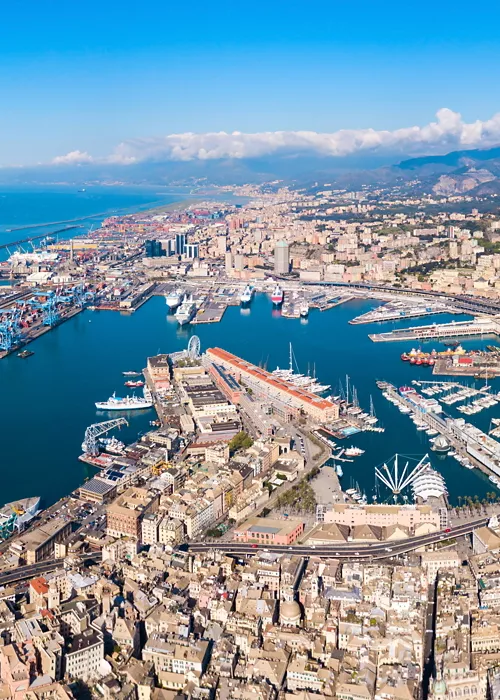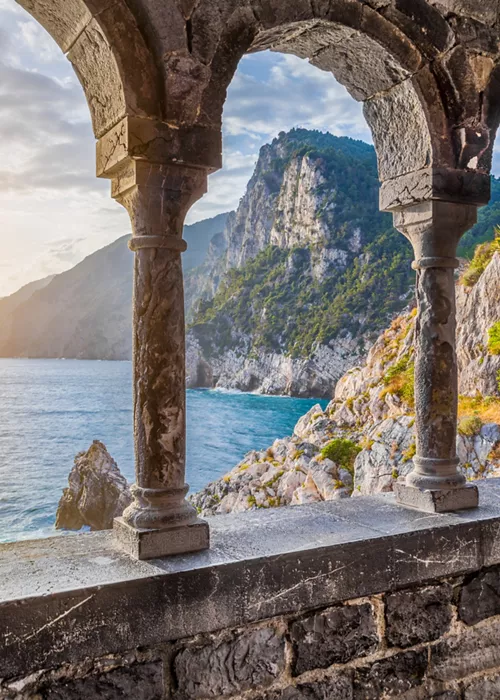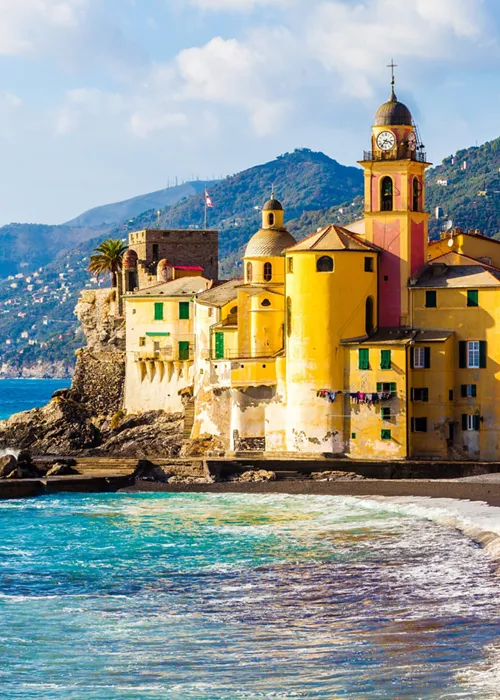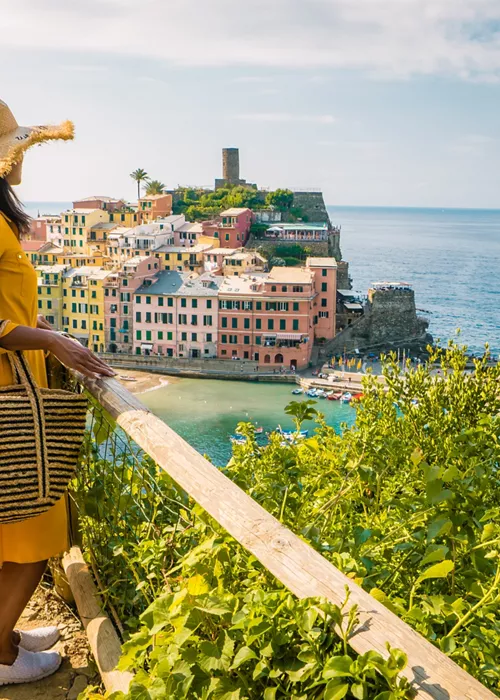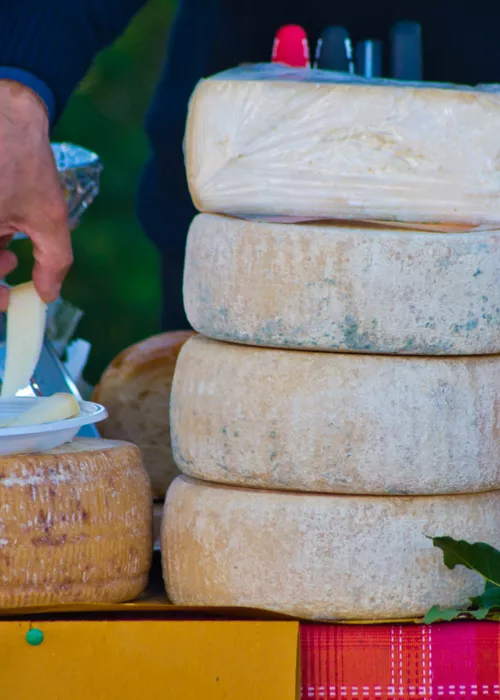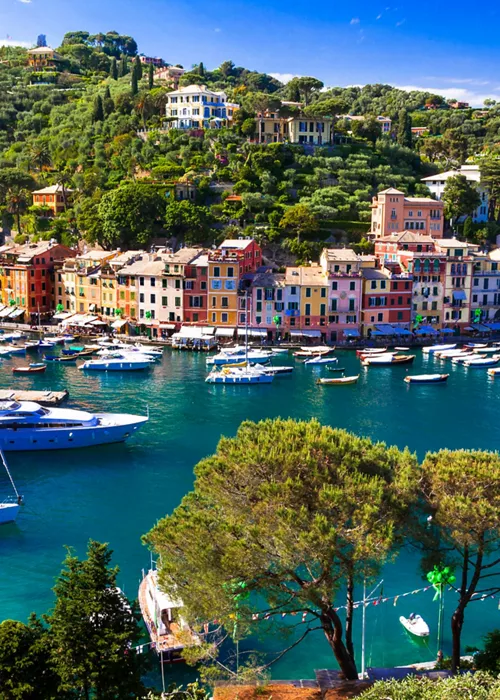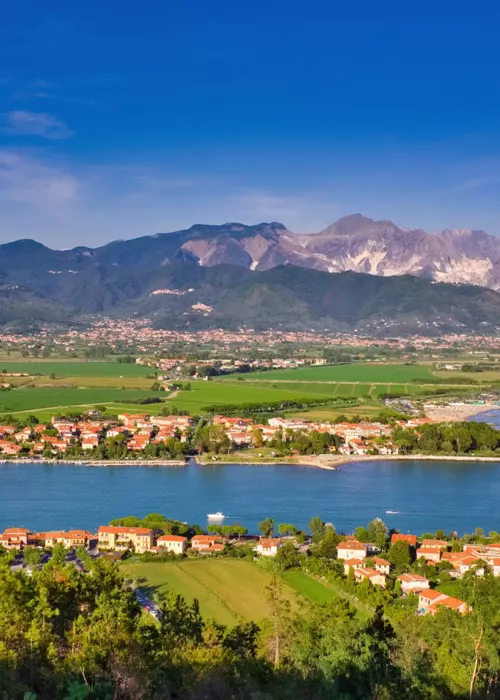Porta Testa: the entry point into history
The history of Finale and the Marquisate del Carretto has remained intact over time, with the magic of Finalborgo, a jewel a few steps from the sea that enchants with its medieval atmosphere. One of the "most beautiful villages in Italy", it was a borderland in Roman times and the administrative centre of the Del Carretto marquisate between the 14th and 16th centuries. Enclosed within well-preserved medieval walls, interspersed with semicircular towers and interrupted only at the gates, each with its own legendary history.
Royal Gate (from 1702, next to which a large coat of arms in relief of the Del Carretto family can be seen), Roman Gate, Porta Testa (from 1452) and Crescent Gate (higher up towards Forte San Giovanni), the semicircular towers that interrupted the walls in places (the most beautiful is visible on the south side), the Borgo retains the characteristics of a fortified settlement in its 15th-century structure, following the destruction caused by the war with Genoa (1448).
The most memorable is undoubtedly the mediaeval Porta Testa, the entrance to the Borgo coming from the sea, which opens on the western side of the walls, from which the historic road linking both Gorra and the Melogno Pass and the Calice Valley exited.
Its name derives from a macabre ritual of the time: the heads of those condemned by beheading were displayed here.
The gateway was built by Giovanni I Del Carretto in 1452, as recalled by the inscription in Gothic characters on the margin of the central ashlar of the arch: Mar(chi)o·Io(hannes)·An(n)o·D(omi)ni-M·]C·C·C·C·LII:·die·X·iunii. [(Did) Marquis Giovanni, in the year of the Lord 1452, on the 10th of June].
In some documents it is also referred to as Porta San Giorgio in Matteo Vinzoni's 1773 map of Finalborgo, or as door of the Bastèro or Viglieri.
In the 17th century, the gate was protected by the mighty circular ramparts that were demolished when the new bridge over the Pora was built in 1827.
The gate was extensively remodelled in the late 19th century with the superimposition of the bell tower and the addition of a bell and clock in 1909. A coat of arms of the Borgo Community was painted on the façade, while a fresco depicting the Madonna between Saints Blaise and Nepomuk was painted on the inside.




